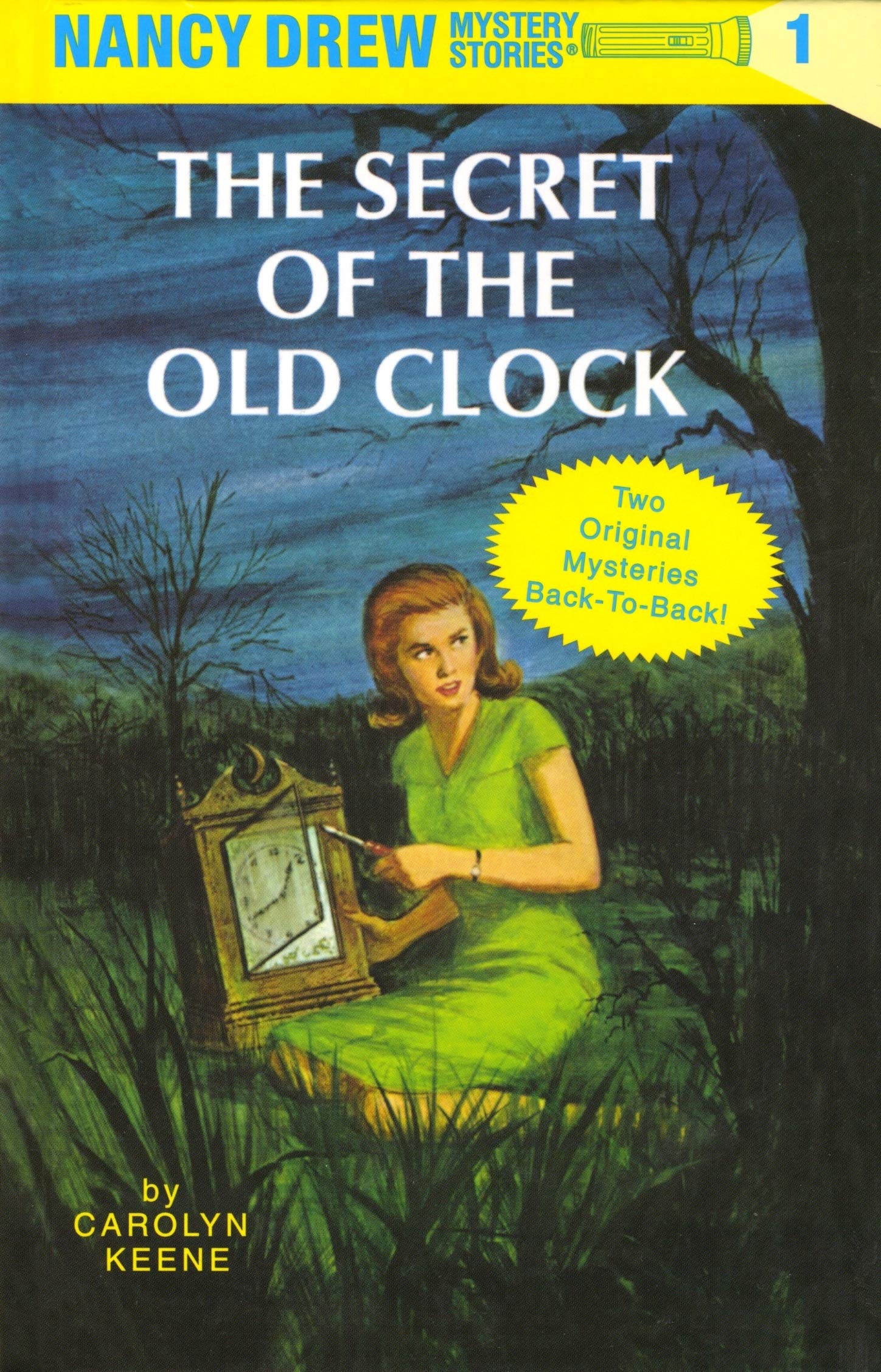
After Stratemeyer’s death in 1930 (the year the Nancy Drew series was released), his daughters, Harriet and Edna took over the family business.Ĭertain formulas naturally had to be followed to preserve the impression that each series was written by a single author. The Syndicate, not the author or even the publisher, retained the rights to all the novels. By 1930, he paid his writers between $50-$250 to write a two-hundred-page book. Stratemeyer would dream up a new series, write a 3-page outline for each volume, and then turn over the outline to a contract writer to finish. Both decisions proved to be wildly successful. The first was to ask his publishers to lower the price of his books from about $1.25 to 50 cents each and the second, spurred by overwhelming demand, was to hire other writers to flesh out his ideas. In The Secret of the Stratemyer Syndicate: Nancy Drew, the Hardy Boys, and the Million Dollar Fiction Factory, Carol Billman writes that Stratemeyer was in the midst of “The Rover Boys,” “The Outdoor,” “Deep Sea,” and other series, when he took two major steps around 1906. What mattered most was that the product should possess a certain distinctive feel, and yet remain consistent from book to book.

His central-and perhaps unsettling-insight was that, when it came to series fiction, it didn’t matter who in particular wrote the stories. He had sold several dime novels and was already a prolific writer himself before he hit on what was to become his hit-generating, money-making formula. Stratemeyer, the son of German immigrants, was born and lived in New Jersey. All these “authors” were just as fictitious as the novels they were supposed to have written, and all were the creation of Edward Stratemeyer and his Stratemeyer syndicate. and the rest weren’t even pen names in the usual sense since there was no single author behind any of the series. Emerson (“Ruth Fielding”), nor Margaret Penrose (“The Motor Girls) and many other beloved writers of popular series fiction. Dixon (author of the “Hardy Boys” series), Laura Lee Hope (“The Outdoor Girls, “The Moving Picture Girls,” “The Bobbsey Twins”), Victor Appleton (“Tom Swift”), Alice B.

It’s no longer a secret that Carolyn Keene, the hardworking, prolific, zippily-named and incredibly long-lived author of the “Nancy Drew” books, as well as the “Dana Girls” series, never existed.


 0 kommentar(er)
0 kommentar(er)
